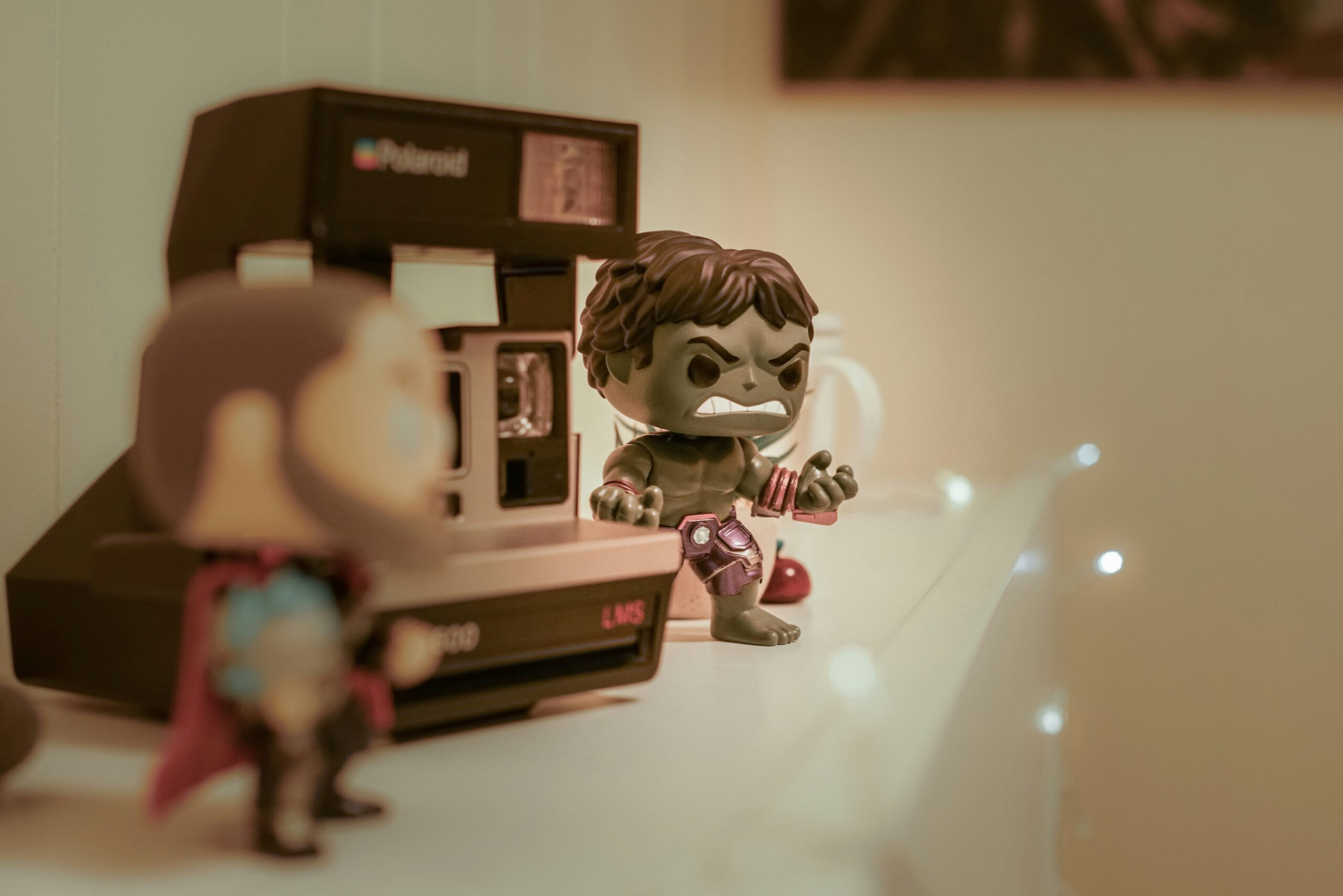Every user has come across a few End User License Agreements (EULAs) in their online life: that form that most people click “Accept” on without ever reading the first word. A controlled marketplace, like the Apple App Store, already has a
general EULA in place that the consumers have agreed to. But what if your app goes beyond the standard protection of intellectual property and potentially makes the developers liable for something else? An individual who develops applications for Google Play or the Apple App Store is likely more worried about the application itself and less about the liability the app may be creating through its user interactions. An in-app EULA can protect many parties from just that.
Why Have an App EULA?
Every developer and every app have different needs, but largely a EULA exists to protect the developer from potential harm that the consuming public could cause. There are three main ways a developer’s app goes beyond what the App Store user agreement already covers.
- Payments: When there are in-app purchases or, potentially, physical items that users can buy through the app, more laws with different jurisdictional statutes will apply. This isn’t a rare concept; most apps have in-game purchases of some sort. However, Apple does not cover these consumer issues within its own User Agreement, and therefore developers must create their own within the app.
- User Content: Depending on the application, end users can be required to input information or create new content based on their game play. This is not covered by the generic user agreement and may require additional terms and conditions for the user to agree to in order to avoid third-party conflict.
- High Risk Apps: This is unlikely in gaming apps, but some new creative games may require the user to do something that is beyond a risk that he or she would incur within the confines of their own home. If this were the case, the developer would likely want liability protections beyond that of the App Store User Agreement.
Where is the EULA placed?
The EULA can usually be found when an app is first opened after being downloaded. This ensures that the user will see the EULA before partaking in any aspect of the app past the initial download. It could also be prompted by taking certain actions in the app that go beyond its EULA. For example, if a monetary transaction is required, then the developer may desire to have the EULA requirement show again prior to the consumer’s continued action.
Mobile App Attorneys
Since mobile apps are becoming more and more innovative, the developer must also be innovative with his or her way of protection. If you have a mobile app or game developing needs, contact one of our Mobile Game Attorneys at 855-473-8474.


